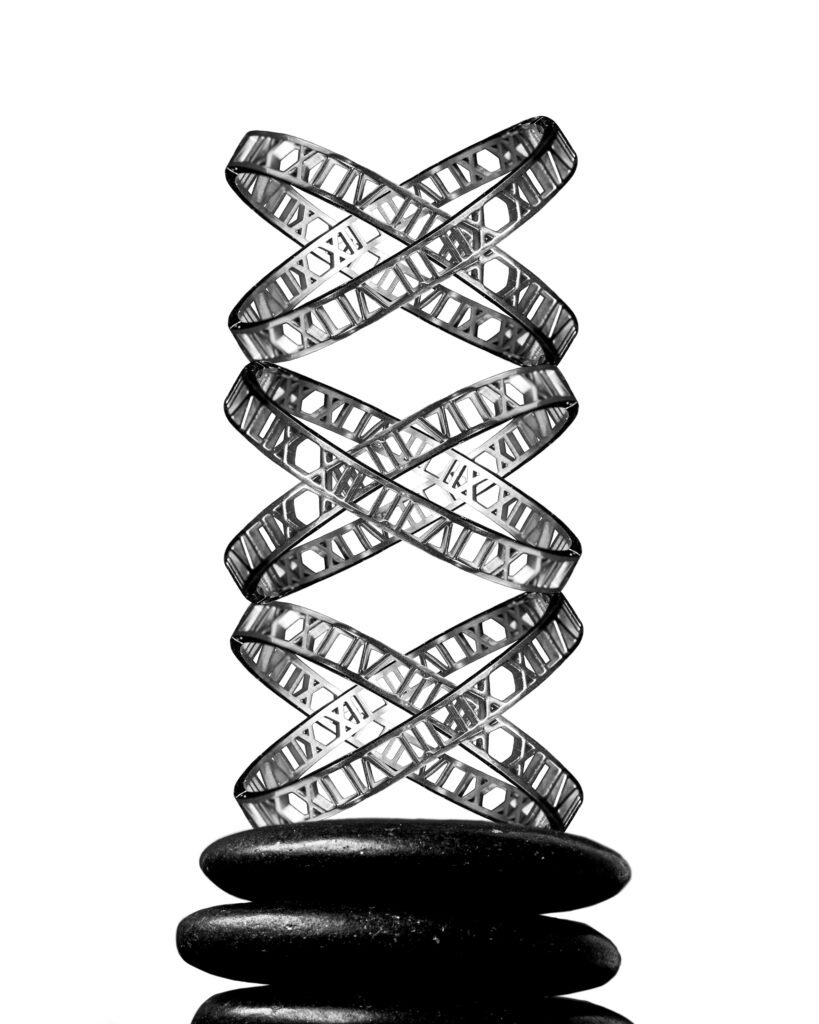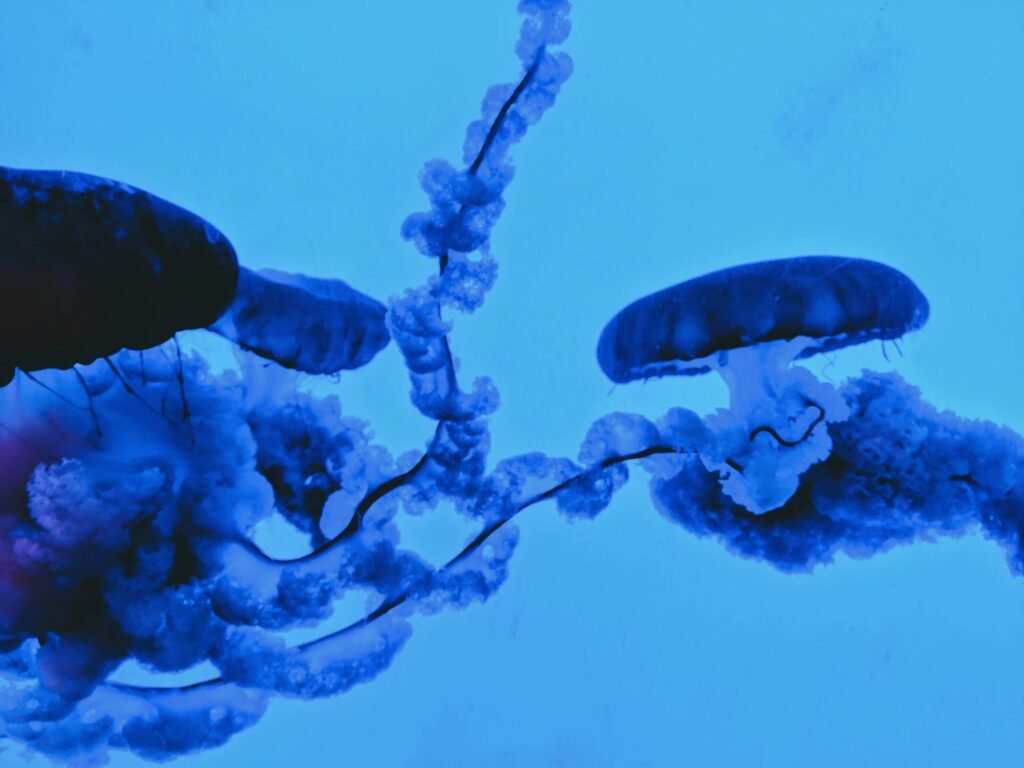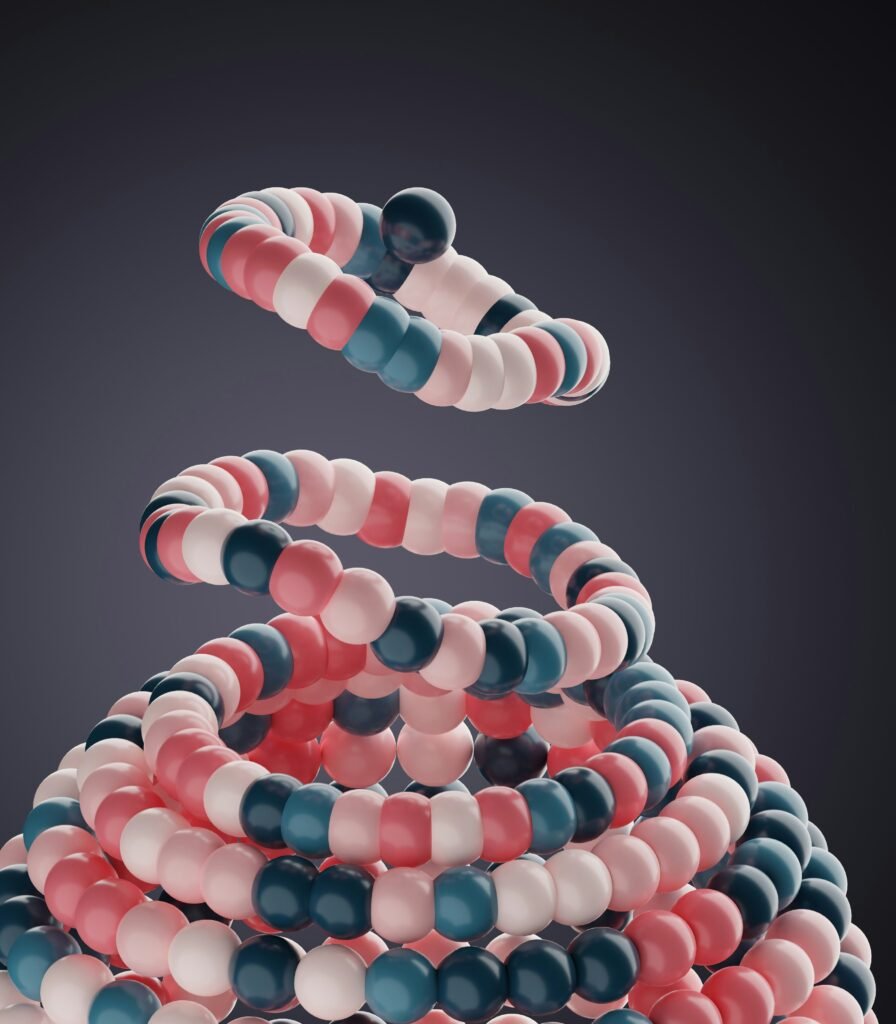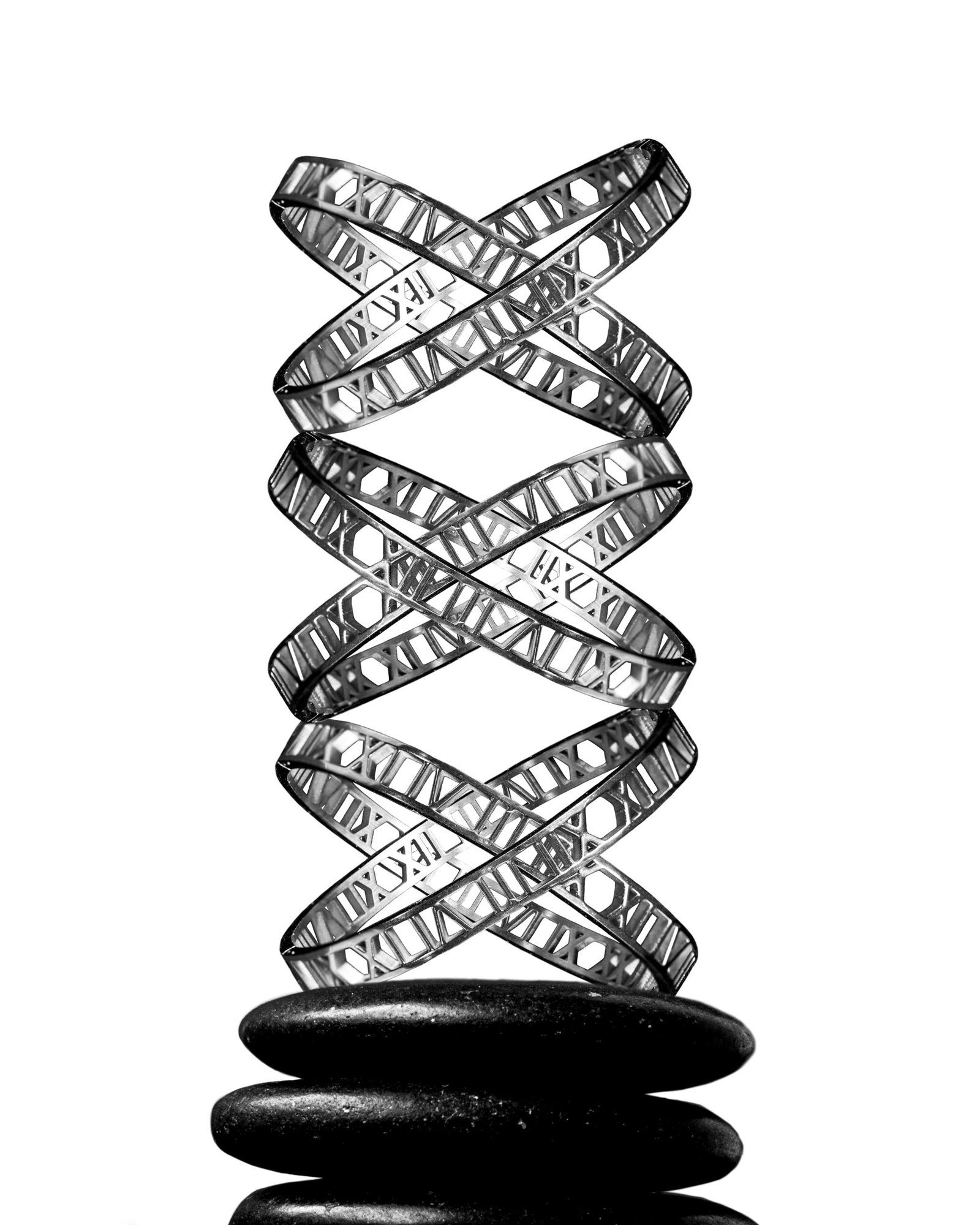Have you ever wondered how a simple cold plunge might alter your body at the molecular level? It’s fascinating to think about how something as straightforward as exposure to cold can influence our genes. Let’s unpack the relationship between cold plunges and gene expression, as well as the promising field of epigenetics that helps us understand this connection.
Understanding Cold Plunges
Cold plunges, or cold water immersion, involve submerging your body in cold water for a specific period. People have been enjoying this chilly experience for centuries for its various health benefits. But besides the immediate shock to your system and that invigorating rush, what else is going on when you take the plunge?
The Physical Effects of Cold Water
When you immerse yourself in cold water, your body responds with a series of physiological changes. These can include:
- Increased heart rate
- Faster breathing
- Blood vessel constriction
- Release of endorphins
These responses are part of the body’s fight-or-flight mechanism. Your body is gearing up to deal with what it perceives as a stressor, and in doing so, it activates several pathways that can have long-lasting effects on your health.
Health Benefits You Might Experience
You may already know that cold plunges can help with muscle recovery after workouts and improve circulation. But there are even more potential benefits worth mentioning:
- Boosted Immune System: Regular exposure to cold can enhance your immune function.
- Improved Mood: Cold water immersion can lead to a good dose of endorphins, which promote feelings of happiness and well-being.
- Better Sleep: Some people report improved sleep quality after regular cold plunges.
As these benefits unfold, you might start thinking about what happens under the surface—particularly how your genes respond to this experience.
The Basics of Gene Expression
Now, let’s take a deep breath and get into the basics of gene expression. It might sound a bit complex, but understanding how genes work is vital for grasping how cold plunges can influence your body at a molecular level.
What is Gene Expression?
Gene expression is basically the process through which your genes produce proteins that carry out various functions in your body. Think of your genes as a blueprint for creating different traits and functions. When they’re “expressed,” it means they’re actively working to produce the proteins that help with everything from muscle growth to stress response.
The Role of Epigenetics
Here’s where it gets interesting. Epigenetics refers to the study of changes that affect gene activity without altering the underlying DNA sequence. It’s like having a set of light switches that can be turned on or off, affecting how brightly or dimly your genes shine.
How Epigenetics Work
Epigenetic changes can be influenced by various factors, including:
- Environment: The air you breathe, the food you eat, and even the stress you experience can impact which genes are activated.
- Lifestyle Choices: Things like diet, exercise, and yes, cold plunges can induce epigenetic changes.
- Age: As you grow older, your epigenetic profile changes, influencing how your genes behave.
Understanding this makes cold plunges even more compelling. They could potentially affect your gene expression through epigenetic modifications.

The Epigenetic Connection with Cold Plunges
It might sound a bit out there, but the cold you encounter during a plunge can indeed impact gene expression via epigenetic pathways. Let’s break down this relationship in a more digestible way.
Stress Response and Gene Expression
Cold plunges are a form of acute stress for your body. This stress triggers a cascade of physiological responses that can influence gene expression. Here’s how that works:
-
Activation of Stress Hormones: Cold exposure increases levels of hormones like cortisol and adrenaline. These hormones play a role in how your genes are expressed in response to stress.
-
Inflammation and Repair: Cold exposure can lead to a decrease in inflammatory markers, influencing the expression of genes related to inflammation and repair.
-
Thermal Shock Proteins: Cold exposure triggers the production of heat shock proteins, which help protect cells from stress and may influence gene expression patterns associated with cellular repair and survival.
Studies Supporting Epigenetic Changes
While research in the area of cold exposure and its epigenetic impacts is still emerging, some studies yield promising results. Here are a few key findings:
Study 1: Cold Exposure and Inflammatory Genes
Research has shown that cold exposure can lead to changes in the expression of genes involved in inflammation. By reducing inflammation at the genetic level, cold plunges might help with various conditions related to chronic inflammation.
Study 2: Cold Therapy and Muscle Recovery
Another study found that cold exposure post-exercise facilitated better recovery. The epigenetic changes seen in muscle tissue indicated an upregulation of genes associated with muscle repair and growth.
How Cold Plunges Could Modify Your Epigenetic Profile
With each cold plunge, you’re potentially altering the activity of genes related to stress response, inflammation, and recovery. Here’s a table summarizing the genes that may play a role:
| Gene | Effect of Cold Exposure |
|---|---|
| IL-6 | Reduced expression leads to lower inflammation |
| HSP70 | Increased expression promotes cellular stress resistance |
| SIRT1 | Activation may improve metabolic functions and longevity |
| FOXO3 | Enhanced expression is linked to resilience and stress response |
Combining Cold Plunges with Other Lifestyle Factors
You might be thinking: why stop at cold plunges? If inflammation and stress response are key players in gene expression, then it stands to reason that combining cold exposure with other healthy lifestyle choices could amplify benefits.
Nutrition Matters
Your diet plays a crucial role in shaping your epigenetic profile. Foods rich in antioxidants, omega-3 fatty acids, and phytochemicals can positively influence how your genes express themselves. When combined with cold plunges, you might foster an even more robust environment for optimal gene function.
Exercise and Its Synergies
Physical activity, paired with cold exposure, can create a powerful duo for improving gene expression. Exercise is known to induce beneficial changes in gene expression related to metabolism and muscle repair. When combined with the acute stress of cold water, the results can be even more pronounced.
Mindfulness and Stress Management
Mental stress is just as important as physical stress. Practicing mindfulness or meditation can change the way you respond to stressors, potentially altering gene expression through relaxation pathways. By incorporating mindfulness practices around your cold plunge routines, you’re nurturing your body on multiple levels.

Potential Risks of Cold Plunges
It’s essential to consider that cold plunges aren’t for everyone. While they may offer substantial benefits, they can also pose risks, particularly if you’re not careful.
Hypothermia Risks
If you’re not cautious, prolonged exposure to cold water can lead to hypothermia. It’s vital to listen to your body and know your limits. Always ensure you’re immersing yourself in a controlled environment, ideally with supervision.
Cardiovascular Considerations
If you have pre-existing cardiovascular conditions, consult your healthcare provider before incorporating cold plunges into your routine. The sudden shock can cause changes in heart rate and blood pressure.
The Importance of Gradual Adaptation
If you’re new to cold plunges, start slowly. You don’t need to jump into ice-cold water right away. Begin with cooler showers and gradually work your way up to plunges. This approach not only prepares your body but also helps maximize the adaptive response that can positively influence gene expression.
Creating a Cold Plunge Routine
You may now be wondering how to incorporate cold plunges into your daily or weekly routine. Here’s a straightforward approach to getting started.
Step 1: Determine Your Goals
Are you looking primarily for muscle recovery, stress relief, or something else? Defining your goals can help tailor your cold plunge experience.
Step 2: Choose Your Method
You have options! You could use a cold plunge tub, an ice bath, or even a cold shower. Find what works best for you, keeping accessibility and comfort in mind.
Step 3: Set a Schedule
Consistency is key. Establish a routine that you can stick to, starting with a few minutes a couple of times per week. As you build tolerance, you may find yourself eager to spend more time in the cold.
Step 4: Combine With Other Practices
Consider pairing your cold plunges with other beneficial practices. Whether it’s post-workout or after a long day, incorporate mindfulness or a good meal to amplify the benefits.
Step 5: Listen to Your Body
Always pay attention to how your body responds. If you’re feeling exceptionally cold, it’s okay to cut your session short. Gradual adaptation will enhance the benefits without overwhelming your system.

The Future of Cold Plunges and Epigenetics
The relationship between cold plunges and gene expression is still relatively new terrain for scientists. As more research surfaces, we may discover even deeper insights into how this form of cold exposure impacts our genetics and long-term health.
Potential Research Directions
Future studies may explore:
- Longitudinal Effects: Tracking individuals over time to see long-lasting epigenetic changes from regular cold plunges.
- Cold Plunges across Demographics: Understanding how different age groups or health conditions respond to cold exposure.
- Combination Therapies: Investigating the synergistic effects of cold plunges with dietary interventions, exercise, or mental wellness practices.
Final Thoughts
The potential connection between cold plunges and gene expression through epigenetics is pretty remarkable, isn’t it? As you embark on your cold plunge journey, you’re not just experiencing the immediate rush; you’re tapping into a complex interaction that may reverberate throughout your biological systems.
Whether you’re looking for a quick recovery tool or a way to enhance your overall well-being, regular cold plunges could play a transformative role. As always, proceed with caution, listen to your body, and don’t forget to enjoy the exhilarating rush that comes with hitting that icy water. The journey is just as, if not more, important than the destination. And who knows? You may just uncover a new layer of vitality that will deepen your connection with your body’s incredible capacity for adaptation and change.


